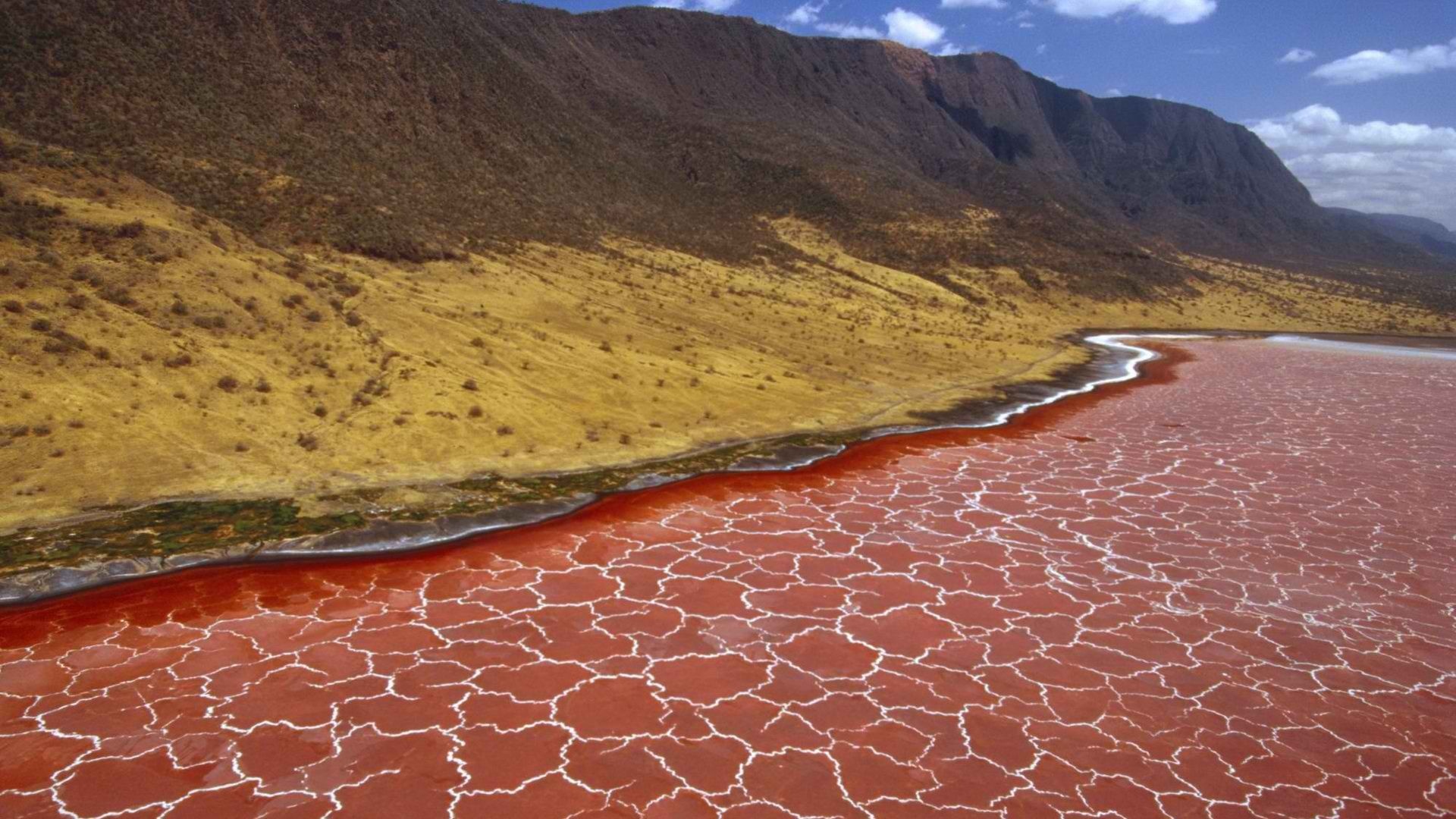The Red Sea has long captivated the imagination of historians, explorers, and scholars alike. Its vibrant hues and rich history have led to numerous theories about its name. The surrounding regions, teeming with life and cultural significance, further enhance the allure of this magnificent body of water. But what lies behind the name "Red Sea"? Understanding the etymology and historical context of this title can provide us with a fascinating glimpse into the past.
As we delve deeper into this intriguing question, we will explore various theories and interpretations surrounding the name. From ancient civilizations to modern scientific discoveries, the Red Sea has always held a special place in human history. Join us on this journey to uncover the reasons why this stunning sea is called the Red Sea.
Whether you are a geography enthusiast, a history buff, or simply a curious traveler, the story of the Red Sea’s name is a compelling one. Let’s embark on this quest to understand the significance of the name and its connection to the culture, geography, and history of the region.
What is the Historical Background of the Red Sea?
The Red Sea is a seawater inlet of the Indian Ocean, located between northeastern Africa and the Arabian Peninsula. It is known for its stunning coral reefs, diverse marine life, and significant role in global trade routes. The rich history of the Red Sea dates back to ancient times, where it served as a crucial maritime passage for civilizations.
What are the Major Theories Behind the Name 'Red Sea'?
There are several theories that explain why it is called the Red Sea. Here are some of the most prominent ones:
- Color of the Water: One theory suggests that the name derives from the reddish hue of certain algal blooms that can occur in the water.
- Geographical Features: Another explanation points to the surrounding mountains and deserts that may appear reddish in color, influencing the sea's name.
- Historical References: Ancient texts and translations may have contributed to the name, linking it to the term used by early civilizations.
- Connection to the Red Land: Some scholars argue that the name comes from the ancient Egyptian term for the color red, which referred to the desert regions adjacent to the sea.
How Did Ancient Civilizations Influence the Name?
Ancient civilizations played a pivotal role in shaping the identity of the Red Sea. The Egyptians, for instance, referred to the sea using a term that may translate to "red," possibly due to their cultural associations with the color. Additionally, the sea served as a vital route for trade and exploration, further embedding its name into the historical narrative of the region.
What Role Did the Red Sea Play in Trade Routes?
The Red Sea has been a significant trade route since ancient times, connecting the Mediterranean Sea to the Indian Ocean. It facilitated the exchange of goods, culture, and ideas among various civilizations, including the Egyptians, Greeks, Romans, and later Islamic empires. The strategic location of the Red Sea made it a central hub for maritime commerce.
Why is it Called the Red Sea in Different Cultures?
Different cultures have had their interpretations of the name. For instance, in Hebrew, it is referred to as the "Yam Suph," which translates to "Sea of Reeds." This reflects the diverse linguistic and cultural history surrounding the body of water. Understanding these variations enriches our knowledge of the Red Sea's significance across different civilizations.
What Scientific Insights Have Emerged About the Red Sea?
Modern scientific research has provided new insights into the Red Sea, including its unique ecology and geological features. The Red Sea is known for its high salinity and warm temperatures, which support diverse marine life, including coral reefs. These scientific explorations contribute to our understanding of why it is called the Red Sea, as they reveal the natural phenomena that may influence its name.
How Has the Name 'Red Sea' Evolved Over Time?
The name 'Red Sea' has evolved through various languages and cultures over centuries. Its historical significance has been preserved through texts, maps, and oral traditions. As we examine the evolution of the name, we can trace the interconnectedness of cultures and the lasting impact of the Red Sea on human history.
What is the Conclusion Regarding the Name 'Red Sea'?
In conclusion, the name 'Red Sea' encapsulates a blend of historical, cultural, and scientific elements that have shaped its identity over time. While the exact origin of the name may remain elusive, the theories surrounding it offer fascinating insights into the relationship between humanity and this magnificent body of water. The Red Sea stands not only as a geographical landmark but also as a testament to the rich tapestry of human history, trade, and exploration.
As we continue to explore the mysteries of our world, the questions surrounding the Red Sea's name remind us of our shared heritage and the stories that connect us all.
Kidz Force Net Worth: Unveiling The Financial Success Of A Young Sensation
Corks And Hops: A Journey Through Flavor And Culture
Unveiling The Excitement Of Wet T-Shirt Contests


